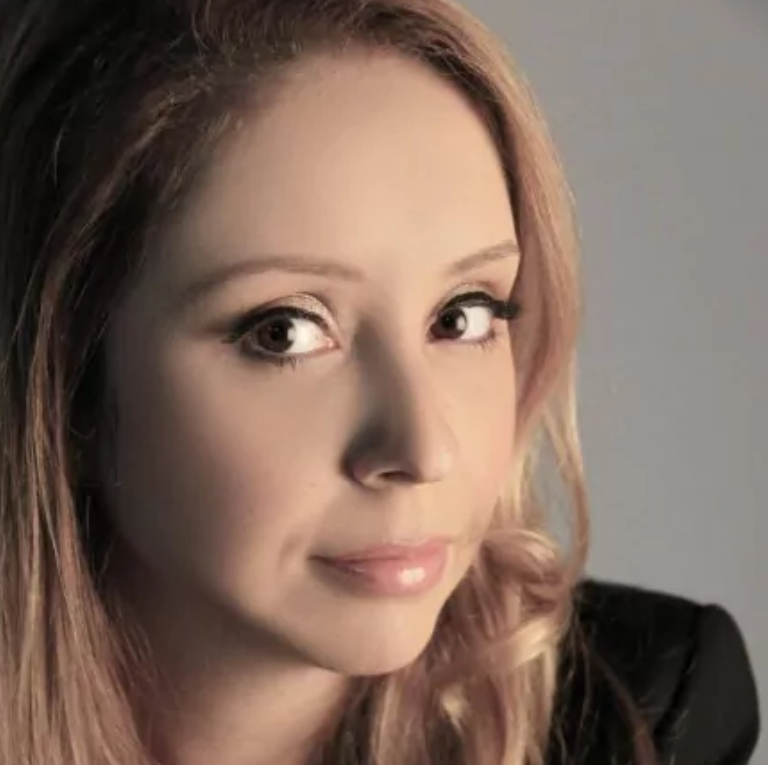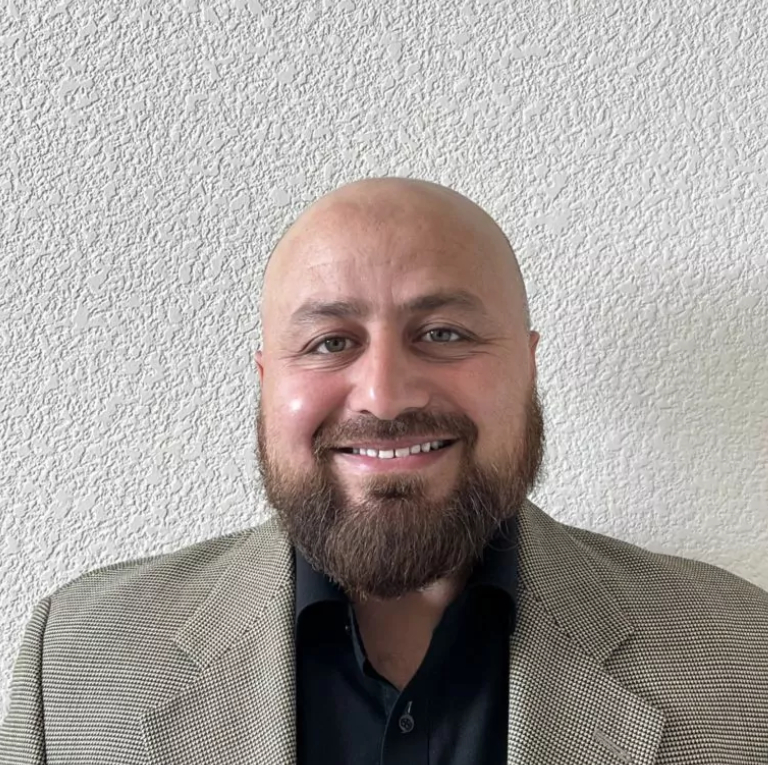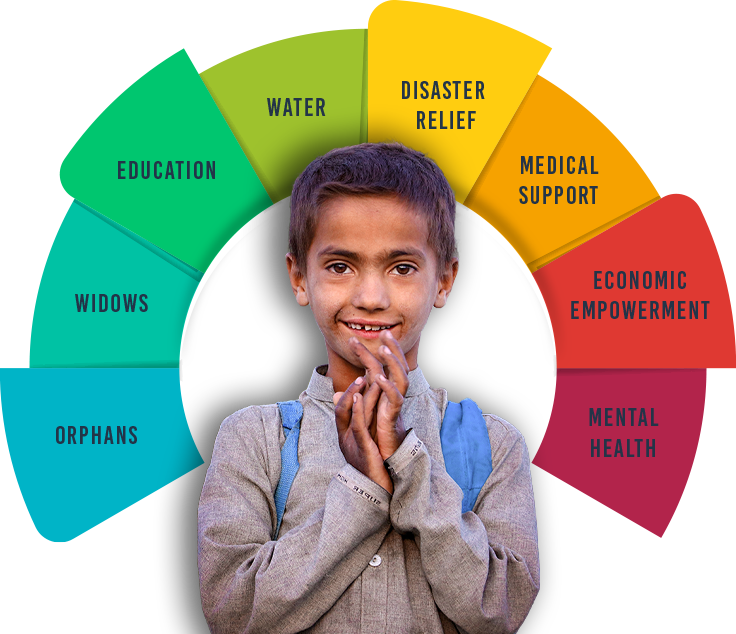
The Afghan Relief Education Center will be launched in the Summer of 2024. The poor and disadvantaged orphan children living in remote villages are provided academic scholarships so they may obtain a quality education. It is implemented to strengthen life for the most vulnerable orphan children so they might gain the skills and become self-sufficient. The program focuses on strong academic quality and also emphasizes extracurricular activities for the children’s personal, mental, and professional development. The aim is to provide a safe and healthy environment, including mental and emotional support. In addition, there is a concerted effort to provide strong mentorship and vocational training in a number of different fields so that each individual has the necessary skills to stand on their own and lead a healthy and productive life.
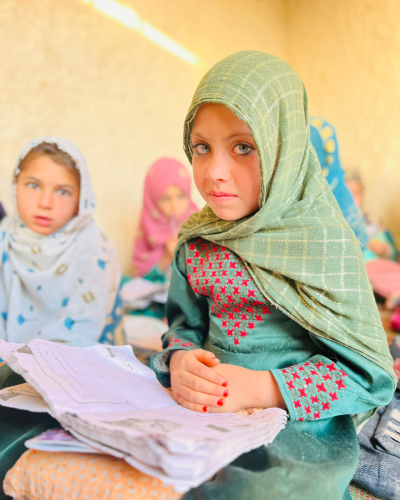
As part of the Education Center, we aim to provide tuition support, scholarships, books, and any necessary educational material needed by the students. The support includes a full scholarship program with holistic care for the children. We currently have formal agreements with existing schools in Kabul, Nangarhar, Kunar, and Helmand provinces. We strive to make each institution accountable for providing a safe school environment with a high-quality education.
One of the Education Center’s major objectives is to support girls’ education in the region. Girls’ education in Afghanistan has been a focal point of numerous national and international initiatives due to the significant exclusion of girls, especially from quality education. With females constituting half of the population, ensuring they receive the best possible education, regardless of their abilities and potential, is imperative. Unfortunately, many Afghan girls have not had access to education, primarily due to safety concerns and the scarcity of qualified older women teachers.
The Education Centers will be implemented in coordination with the District Education Office (DEO), and Directorate of Education (DoE) in Kabul, Kunar, Helmand, Kandahar, Nangarhar, etc., with the formal approval from sectoral directorates as a government body has been conducting monitoring and supervision at schools once a year.
The initial aim is to support girls’ primary education with the long-term goal of supporting secondary education and empowerment. Leveraging advancements in communication and information technologies, such as computers, mobile phones, and satellite communications, this project will create a dynamic tele-education platform tailored to specific needs, facilitating learning interactions between teachers and students in different locations.
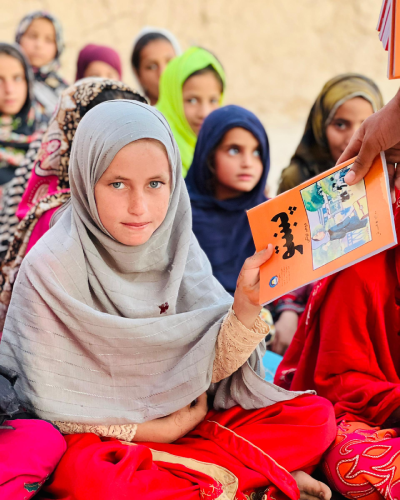
Conditional Cash Transfers
Small stipends for poor families are conditioned on sending children, especially girls, to education centers.
Facilities & Learning Materials:
Establish and provide basic facilities like classrooms, water/sanitation, instruction materials, stationery, etc.
Community Mobilization:
intensive efforts engaging communities, leaders, and families to generate support and change mindsets towards girls’ education.
Key Project Targets:
- Enroll 2,000 students in the centers
- Recruit and train female teachers from local communities
- Provide accelerated learning opportunities to over-age students
- Implement tuition assistance benefiting orphans and poor households
‘
Establishing one and then replicating six education centers across six provinces
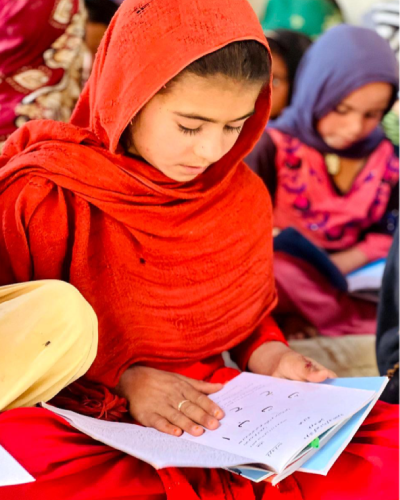
- Designing mechanisms to enable girls to receive quality instruction from female teachers in remote locations.
- Empowering girls to become independent and critical thinkers.
- Cultivating a learning environment that fosters meaningful interactions between students and teachers.
- Serving as a model for potential collaboration with other Afghan educational institutions.
Benefits and Beneficiaries
We initially anticipate 1,200 students benefiting from the new Education Center during its initial phase. Additional students will be added once the Education Center is fully operational.
The project’s benefits include increased primary and secondary school-aged boys and girls prepared for higher education or the workforce, reduced negative attitudes towards women’s rights, and enhanced socioeconomic and political growth in Afghanistan. Direct beneficiaries encompass boys and girls in the program, while indirect beneficiaries extend to society at large, benefiting from an infusion of talent, modern skills, and energy, leading Afghanistan towards a brighter and more stable future.
Literacy and Basic Education
We aim to increase the literacy rate among children and young adults, focusing on orphans and the most marginalized communities.
Vocational and Skills Training
The Education Center will also include vocational and skills training. We will offer courses in various trades, equipping adults and older children for the job market. These vocational training projects include carpentry, phone repair, and graphic design.
Science and Technology Education
With only a fraction of Afghan schools offering a quality science curriculum, our computer courses aim to bridge this gap.
Girls’ Education
Targeting 80% of out-of-school children who are girls, our programs focus on creating a safe and encouraging environment for female education.
Tuition and Scholarships
We offer tuition assistance and scholarships to orphans and students in need, ensuring they have the chance to gain vital skills and education.
Educational Infrastructure
We’re investing in a region that has often faced difficulty with proper classrooms and buildings, supporting the most underprivileged areas.
Primary school classes, grades 1-6, separated by gender.
- Secondary school classes, grades 7-12, separated by gender
- Adult literacy classes, including specialized instruction for women
- Vocational/skills training programs in areas such as computer skills, sewing, phone repair, etc.
- Teacher training programs to develop qualified local educators
- Community education programs on health, hygiene, human rights, and other topics
- Library and Computer Labs with books, computers, internet access, and other resources
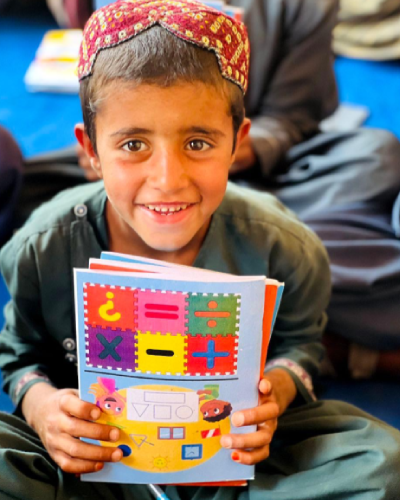

The Facilities
- The Education Center is centrally located and safe
- Set up classrooms, computer lab, library, office space, restrooms
- Obtain furniture, educational materials, computers, books, and supplies
- Hire and train staff, including administrators, teachers, counselors, guards
- The facility will have at least six classrooms to start, with room for expansion
- Classrooms will be well-lit and ventilated, with enough space for 30 students
- Each classroom will have desks/tables, blackboards, and basic teaching supplies
- The computer lab should have at least 10-20 computers and printers
- Administrative office space for director, administrator, staff
- Bathrooms separated by gender
- A kitchen providing snacks/meals for students and staff
- Outdoor space for recreation
- Security measures like walls/fencing, guards, and cameras to ensure safety
- Generator or backup power supply given electricity shortages
- Drinking water filtration/purification system
- First aid facilities and staff trained in basic medical care
- Transportation like vans to provide safe passage for students
The facility should be welcoming, well-maintained, and furnished appropriately for an academic institution. Every effort should be made to create a safe, inclusive environment conducive to learning and community engagement.
Operation Plan
- Recruit students and promote programs through local media, mosques, community leaders
- Charge minimal fees on a sliding scale; seek donor funds to cover costs for low-income students
- Partner with the government education department, local schools, NGOs
- Follow national curriculum while expanding vocational/life skills training
- Maintain high standards; evaluate teachers and programs regularly
- Provide transportation, chaperones, and security to ensure safe access for female students
English Classes
- Classes divided by proficiency levels – beginner, intermediate, advanced
- Focus on reading, writing, speaking and listening skills
- Beginner class introduces alphabet, basic vocabulary, simple grammar
- Intermediate works on sentence construction, tenses, everyday conversation
- Advanced enhances fluency, complex grammar, essay writing, formal language
- Incorporate exercises for pronunciation, diction, spoken fluency
- Use audiovisual aids and conversational activities to build listening/speaking
- Writing practice through dictation, copy work, letter-writing, and composition
- Vocabulary building through word lists, textbooks, flashcards, quizzes
- Include grammar instruction suited to each level
- Encourage students to read simple stories and news articles as reading practice
- Provide bilingual dictionaries and other learning resources
- Regular assessments through quizzes and tests to gauge student progress
- Offer evening or weekend classes for working adults and adolescents
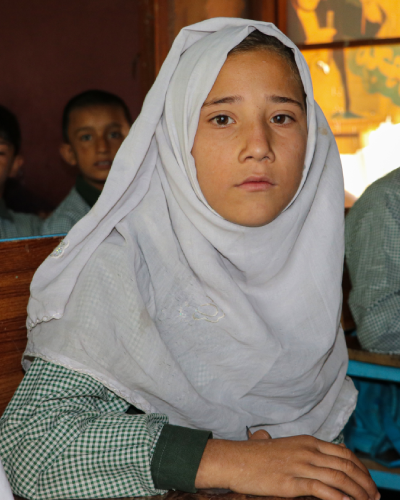
Strong English skills can greatly improve employment prospects and educational opportunities. These classes will help students gain the English proficiency needed for academic achievement and career advancement.
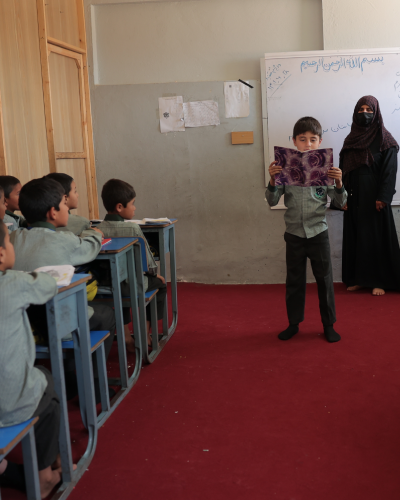
Computer Classes
- Classes divided by skill level – beginner, intermediate, advanced
- Focus on both fundamentals and practical technology skills
- Beginner classes cover computer basics like using a mouse, keyboard, and operating system
- Learn to create documents in Word, simple spreadsheets in Excel
- Internet/email, searching the web for information
- Intermediate adds skills like advanced Word, Excel, PowerPoint, basic database
- Introduction to programming tools like Scratch
- Advanced courses teach Photoshop, web design, and coding like Java, Python
- Practical skills like setting up email, finding jobs/info online
- Computer maintenance and troubleshooting
- Provide manuals/books in local languages as learning aids
- Hands-on instruction in the computer lab with each student at one computer
- Monitor student progress with written and practical testing
- Issuing skill certificates at the completion of each level
- Focus on real-world technology skills for employment and business
- For girls, focus on computer skills that support careers like graphic design, medicine
- Offer evening/weekend classes for adults requiring schedule flexibility
The computer classes will aim to build essential digital literacy and provide knowledge tailored to students’ needs and career aspirations. They will help students take advantage of technological opportunities.
Monitoring
As Afghan Relief’s overarching goal is to enhance the quality of instruction for secondary school-aged girls and expose them to international best practices, continuous evaluation will be conducted to ensure program effectiveness. Project management, reporting, and evaluation will be ongoing processes, with progress reports prepared quarterly or annually.
Expected Outcome
- Increased access to education for underserved children, especially girls
- Improved literacy rates and learning outcomes in targeted communities
- Greater community acceptance and demand for girls’ education
- Economic empowerment of female teachers and cash transfer beneficiaries
- A sustainable, scalable model for providing quality community-based education
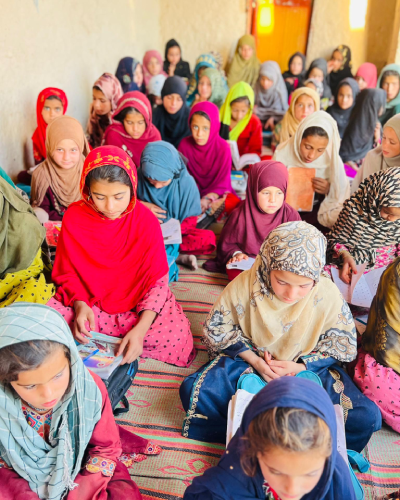
Impact
Afghan Relief strives for a more inclusive approach to education, offering boys and girls access to education despite cultural obstacles. This is especially true in a traditionally more conservative region such as Kunar, Jalalabad, Helmand, and Kandahar. This initiative has the potential to profoundly impact Afghanistan, serving as a model that could bring peace and sustainable development to the country.
Cost
We are committed to providing essential learning resources and support to individual student needs. Costs for sponsoring individual students would be the following:
Donate
School Supplies:
A gift of $25 supplies one child with all the necessary school tools, setting them up for success.
Classroom Equipment:
With $100, you can provide an entire classroom with the essential supplies, needed for effective learning.
Tuition and Educational Support:
A contribution of $250 supports a full year of tuition and educational materials for one child.
$4800
$4800 will pay for one month to run the school ( rent, teachers salary, transportation,computers, uniforms, bags and school supplies, light snacks, Faculty cost) .








